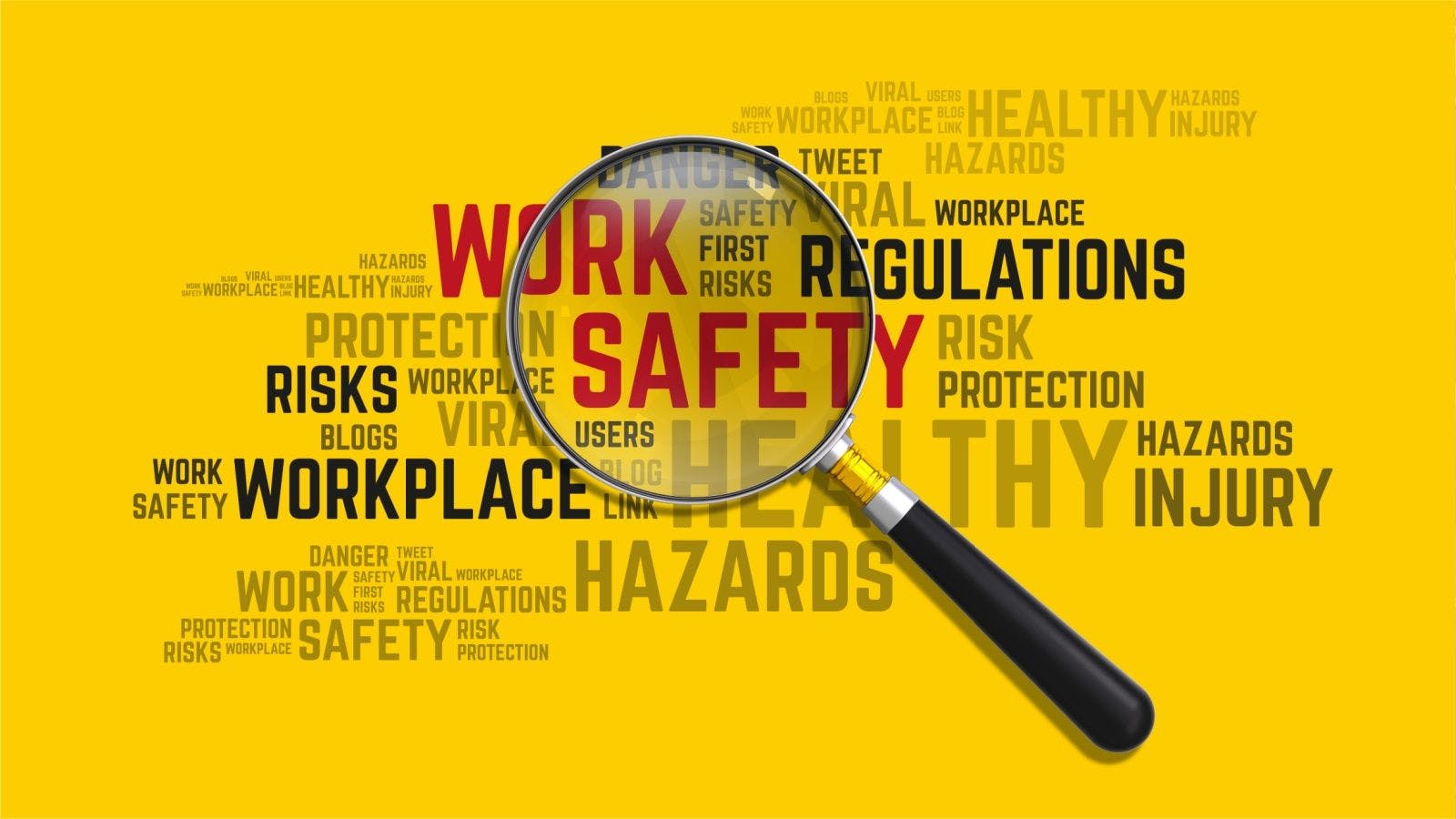
New Report Illustrates How Energy Codes Bring Benefits Beyond Energy Savings
Energy codes have long been recognized as a mechanism to reduce operating expenses. A recent study from three U.S. Department of Energy National Labs found that energy codes provide a significant resilience benefit as well. The resulting report, “Enhancing Resilience in Buildings Through Energy Efficiency: Standardized Methodology and Resulting Analysis Demonstrating the Value of Codes and Above Code Measures to Hazard Resilience,” found that the International Code Council’s 2021 International Energy Conservation Code and ASHRAE Standard 90.1-2019 (a compliance path to the IECC) support resilience in the face of extreme weather events.
The report provides a standardized methodology and analysis demonstrating the value of building energy codes and above-code measures in protecting occupants from extreme temperatures due to power outages associated with hazard events. The study also highlights the need to enhance energy resilience to ensure occupant safety and survivability considering the increased frequency and intensity of extreme weather hazard events experienced across the nation. Also noted is that improving building envelope efficiency to meet or exceed current energy code requirements saves lives and property during extreme temperature events.
The Department of Energy focused on key resilience metrics values to understand the effect of building envelope requirements on habitability, deaths, property damage and cost-effectiveness.
The study found that building to the latest energy code requirements in new single and multifamily projects would provide a benefit cost ratio between 2 and 8 to 1. These investments come with a significant reduction in deaths—up to 58% in new single-family buildings and 49% in new multifamily buildings. The amount of time residents can remain comfortable during such extreme events also increases significantly based on the application of code requirements. Some multifamily residents could stay comfortably in the building twice as long while some single-family residents could stay about 50% longer. Enhanced thermal performance of buildings can result in less property damage from burst pipes, water damage, foundation damage, buckling floors, condensation and mold.
THE SUITE OF CODE BENEFITS
The energy code-related resilience benefits identified by the DOE come on top of energy savings and the resilience benefits brought by other building codes. The National Institute of Building Sciences found that the regular update of building codes provides an $11 benefit for every $1 invested. These benefits accrue across all stakeholders including developers, tenants, lenders and the community. The benefits come in the form of avoided casualties, property damage, business interruptions, first responder expenses and insurance costs.
Another recent study by the Federal Emergency Management Agency found that the application of the International Building Code and International Residential Code from 2000 to 2016 provided more than $27 billion in cumulative mitigation benefits against flood, hurricane wind and earthquake hazards. These benefits could have been doubled if all post-2000 construction adhered to the International Codes. If construction continues at the pace the study observed and if the proportion of that construction adhering to the I-Codes is consistent with the trend the study identifies, the I-Codes could help communities avoid $132 billion to $171 billion in cumulative losses through 2040.
COST TO THE COMMUNITY
The adoption and effective implementation of building codes at the community level can mean that a community remains functional following a disaster with employees returning to work and children returning to school. Even in the absence of a community-wide code or where adopted codes are older, individual building owners and developers can help protect their investments from the ravages of disaster by meeting or exceeding the latest model codes.
Extreme weather events are increasing in intensity and frequency. Through September 2023, the U.S. already exceeded the previous record of annual events causing over $1 billion in damages. June through August of 2023 was also the hottest summer on record in the Northern Hemisphere. Protecting buildings and building occupants from such events will become increasingly important. Building codes provide the basis for delivering safe, sustainable and resilient communities.
Related stories








